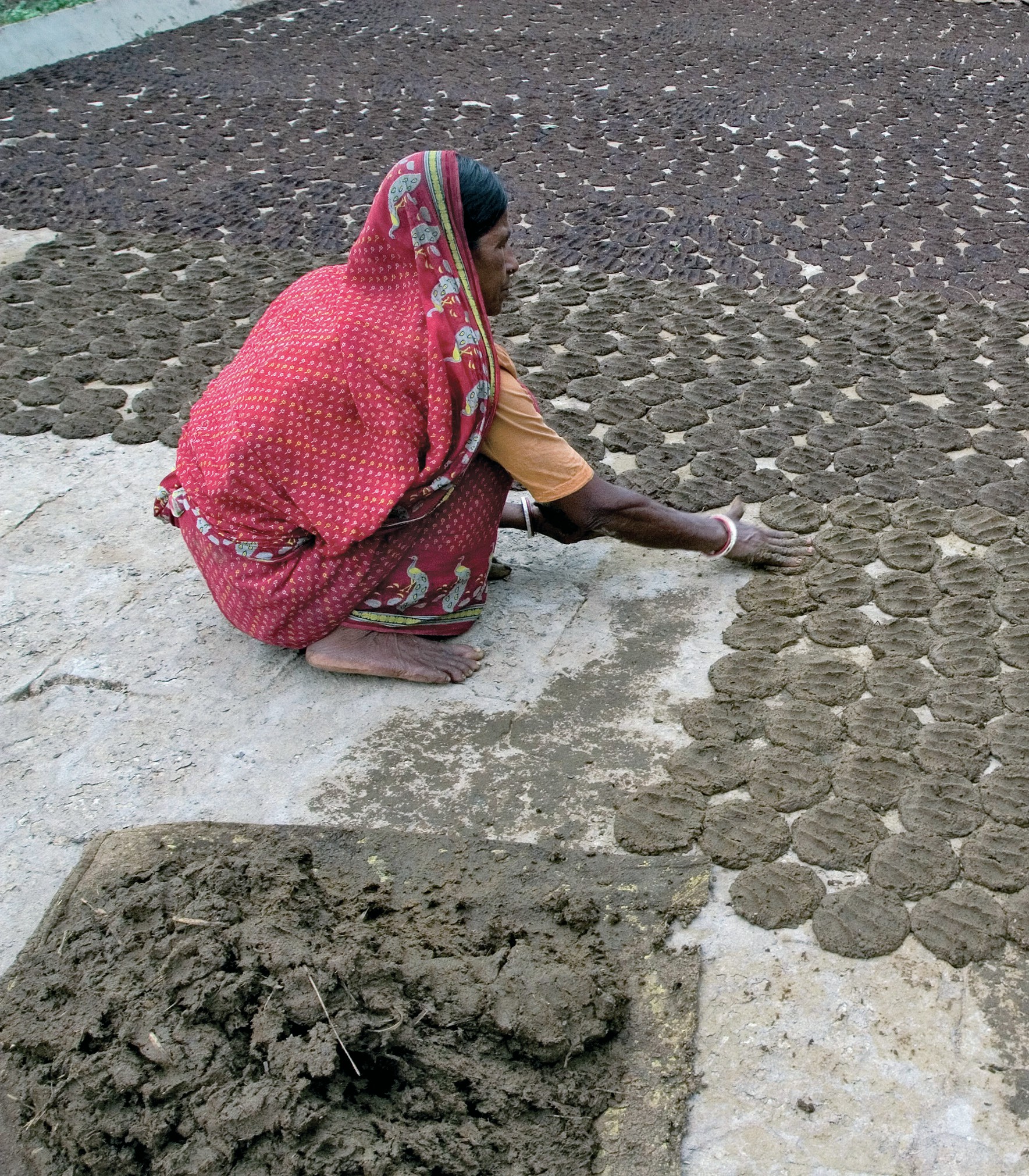
The concept of microfinance is not new. Small savings and credit groups have existed all over the world since the eighteenth century. The number of microfinance institutions (MFIs) has grown exponentially since 1974 when the economist Muhammed Yunus first made a small loan to poor women in a Bangladeshi village. This led to the formation of the Grameen Bank and a host of other non-government organisations (NGOs) which offer basic banking to the poor. The microfinance industry is now recognised as a sustainable, fair and empowering solution to local poverty, but as it has expanded it has attracted some criticism. Box 1 outlines some facts about finance in developing countries.
• 2.5 billion adults have no access to financial services.
Your organisation does not have access to this article.
Sign up today to give your students the edge they need to achieve their best grades with subject expertise
Subscribe




